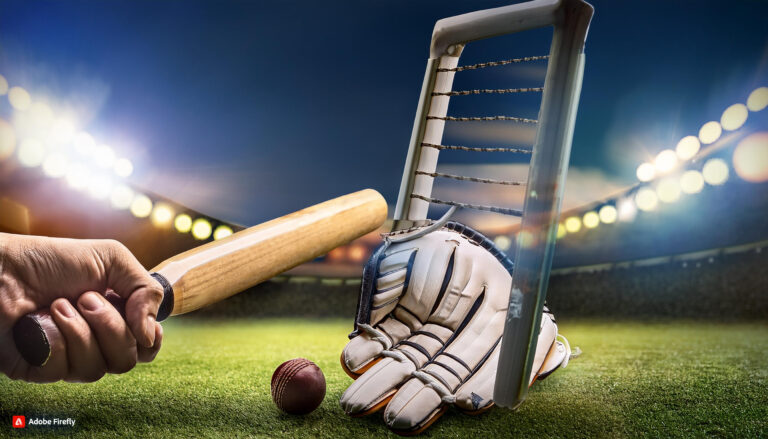Exploring the History of Cricket Umpiring: From Tradition to Technology
11xplay login, king567, skyinplay.com login: Cricket is a sport steeped in tradition, with rules dating back centuries. At the heart of the game are the umpires, responsible for ensuring fair play and enforcing the laws of cricket. Over the years, the role of cricket umpiring has evolved significantly, from a simple tradition to a technologically advanced practice.
The Early Days of Umpiring
In the early days of cricket, umpires were often players themselves, chosen by the captains of the two teams to officiate matches. These early umpires relied on their knowledge of the game and their sense of fair play to make decisions on the field. With no formal training or guidelines, disputes were common, and the role of the umpire was often fraught with controversy.
The Introduction of Professional Umpires
As cricket became more popular and competitive, the need for professional umpires became evident. In the late 19th century, the first professional umpires were appointed by the governing bodies of cricket to officiate matches. These umpires underwent training and were required to pass exams to ensure they understood the laws of the game. This marked a significant step towards standardizing umpiring practices and reducing disputes on the field.
The Evolution of Umpiring Technology
In recent years, technology has revolutionized the way cricket matches are officiated. The introduction of tools like Hawkeye, Snickometer, and Hotspot has enabled umpires to make more accurate decisions, particularly in cases of close calls like LBW appeals and edges. This technology has not only improved the quality of umpiring but has also enhanced the overall viewing experience for fans around the world.
Challenges Faced by Umpires
Despite these advancements, umpiring remains a challenging and demanding role. Umpires are under immense pressure to make split-second decisions under intense scrutiny from players, officials, and fans. The constant evolution of the game, with new formats like T20 and the introduction of new rules, adds further complexity to the job of umpiring.
The Future of Umpiring
Looking ahead, the future of cricket umpiring is likely to be even more technology-driven. Innovations like ball-tracking and real-time field monitoring are already being tested in some matches, promising to further enhance the accuracy and efficiency of umpiring. However, the human element of umpiring will always be essential, ensuring that the spirit of the game is preserved.
In conclusion, the history of cricket umpiring is a fascinating journey from tradition to technology. Umpires play a crucial role in upholding the integrity of the game, and their evolution over the years reflects the ever-changing nature of cricket. As the sport continues to grow and evolve, umpiring will undoubtedly remain a vital and challenging aspect of the game.
FAQs about Cricket Umpiring
Q: How are umpires selected for international matches?
A: Umpires for international matches are selected by the International Cricket Council (ICC) based on their experience, performance, and qualifications.
Q: Can players challenge umpiring decisions?
A: In some formats of the game, players can challenge umpiring decisions using the Decision Review System (DRS), which utilizes technology to review and overturn decisions.
Q: What qualifications are required to become a professional umpire?
A: To become a professional umpire, individuals must undergo training, pass exams, and gain experience officiating matches at various levels of the game. Additionally, a deep understanding of the laws of cricket is essential.







